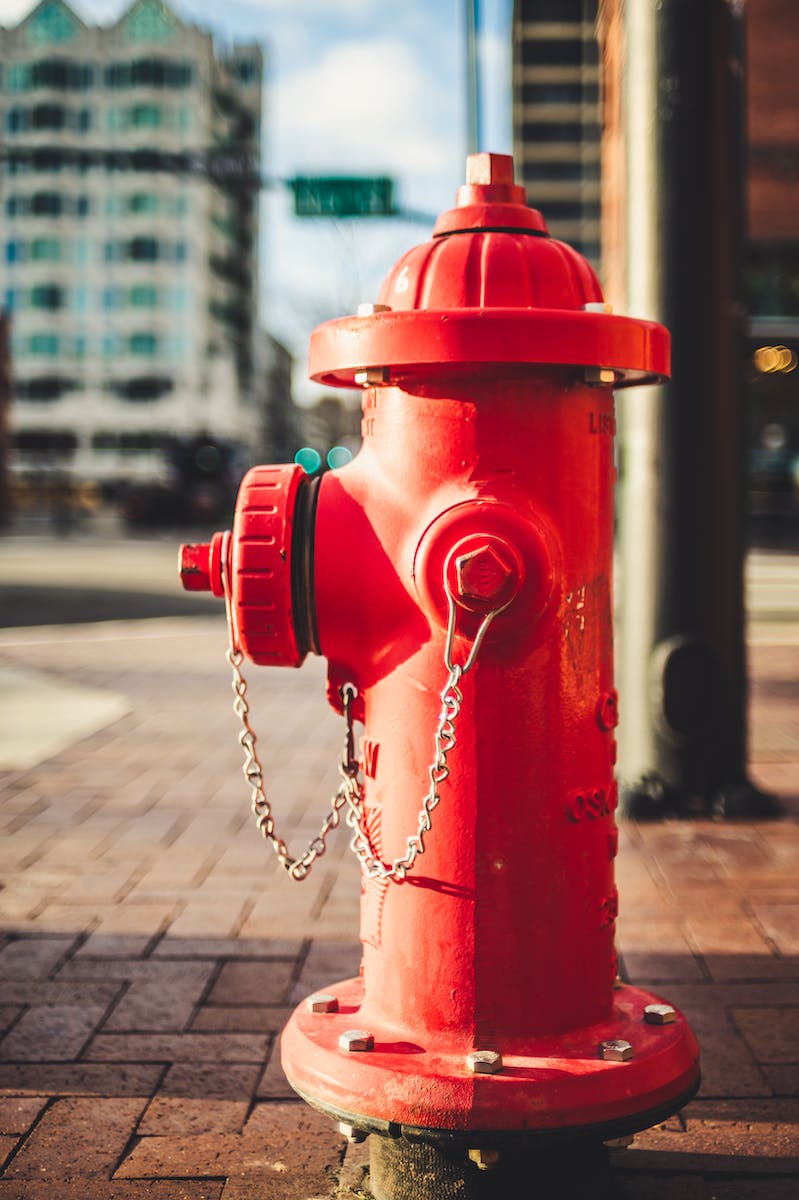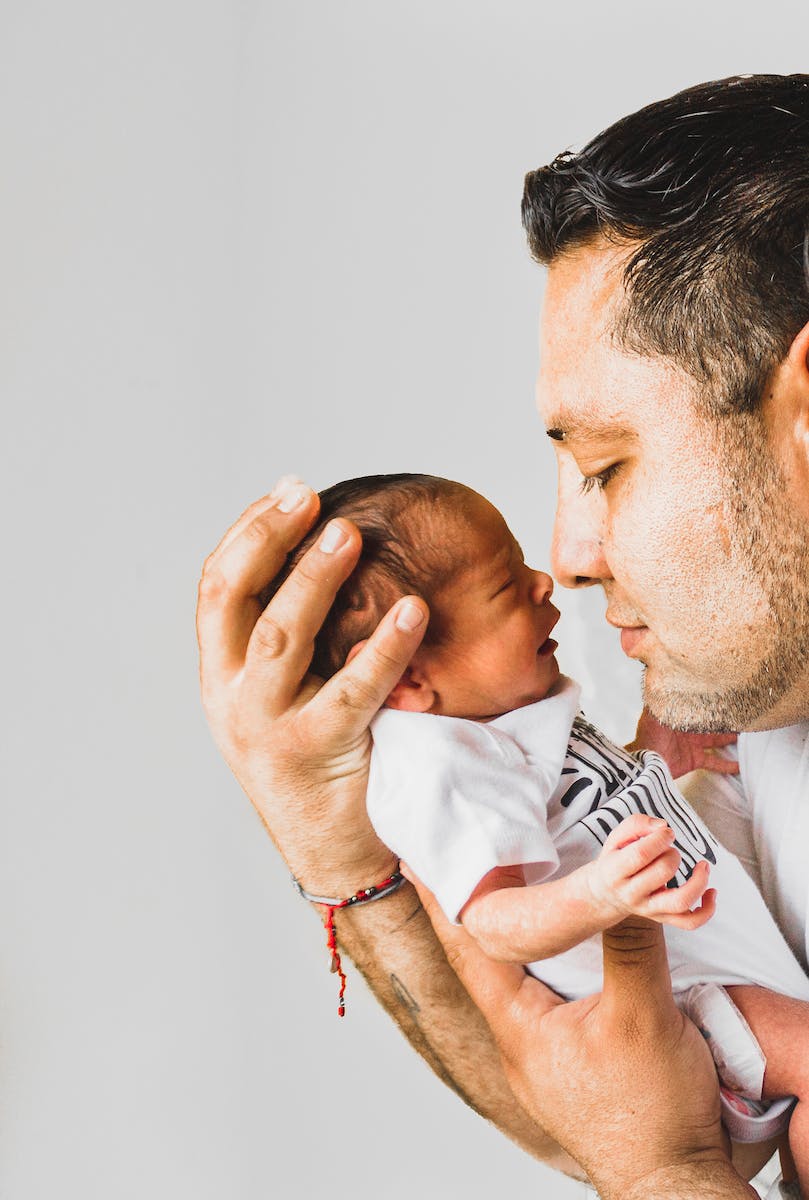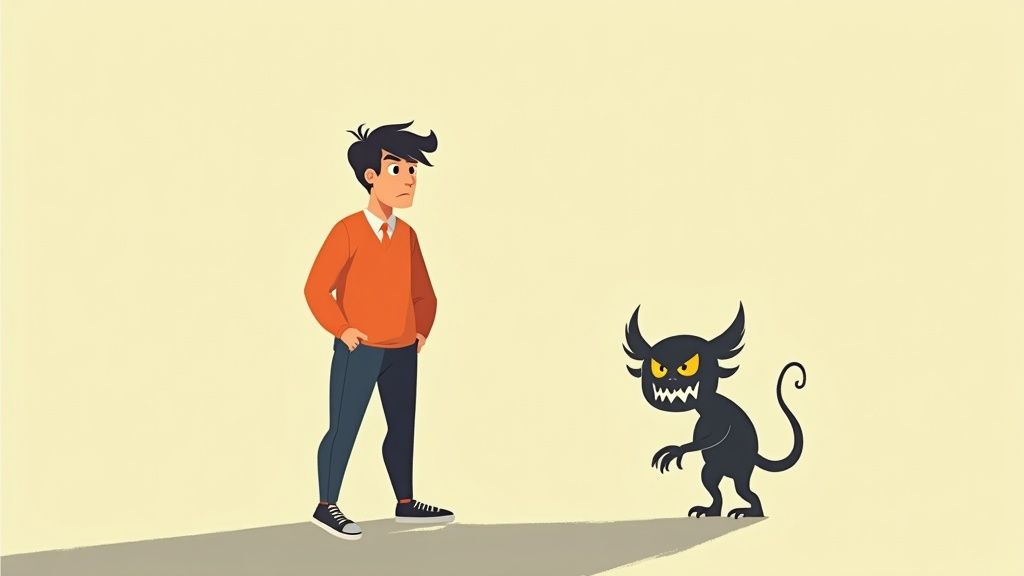Advertisement
Lifestyle
Courage and caution must be exercised

Of courage and caution
The Essence of Courage
Understaning courage isn’t always simple. Courage is often associated with heroic, dramatic actions such as running into a blazing building to save someone. But it’s also about showing up in our everyday lives and standing up for what we believe in. It might mean leaving an unhealthy relationship, admitting wrongdoing, confronting a fear, or just plain “sticking out from the crowd.”
Our world is full of uncertainty and challenges. To navigate through this roller coaster called life, courage becomes an ally. Rejection, failure, loss, illness— these tests in our life demand us to muster the strength to face them, even knowing that things might not turn out the way we want.
So, how do we cultivate courage? There’s no one-size-fits-all answer. It varies from person to person. However, taking small steps towards your fear, setting realistic goals, leaning on support systems when needed, and allowing yourself to be vulnerable are some ways to foster courage.
Let’s consider a scenario where Sarah, who has glossophobia (the fear of public speaking), is asked to address a gathering at her office. Despite being petrified, she accepts the challenge. She starts off by practicing alone, then in front of close friends, gradually working her way up to larger audiences. This is an instance of taking small strides towards overcoming fears.
- Courage is subjective, varying from individual to individual
- It empowers us to face adversities
- It’s important to develop courage, which can be done through small gradual steps
- The outcome may be uncertain- the emphasis lies in making an attempt
- Effective support systems form a vital part of fostering courage
- Vulnerability helps build courage
The Need for Caution
Exercising caution doesn’t mean you’re terrified or weak. It is about recognizing potential threats and acting wisely to avoid undue risks or harm. While courage helps us face our fears and take action, caution urges us to pause and evaluate the situation before charging ahead.
Too often, we confuse rushing impulsively with being brave. We fail to see that this reckless behavior may lead to detrimental outcomes rather than positive ones. No matter how extraordinary one’s bravery is, a dash of caution undoubtedly goes a long way.
There are several ways to cultivate caution: practice mindfulness, understand your limits, take the time for thorough preparation, learn from past mistakes, and seek guidance when required. Being cautious is not about creating self-imposed barriers but constructing bridges safely.
Think about mountain climbing as an example. Suppose John, an experienced mountaineer, is preparing for his next expedition. Although he’s known for his daring ascents, he never fails to exercise caution. From studying the terrain in detail to carrying the appropriate gear, he ensures all safety measures have been meticulously covered.
- Caution does not indicate fear or weakness
- It is about wise decision making and risk management
- Caution and bravery should go hand-in-hand
- Mindfulness, understanding one’s limits, thorough preparation, learning from past mistakes and seeking advice promote caution
- Impulsivity often leads to harmful outcomes
- The principle of caution revolves around building safe pathways rather than obstacles
Courage Vs Caution
Often, people misinterpret courage as the absence of fear and caution as the presence of fear. However, courage encompasses the strength to face fear. This challenge could be anything from changing jobs, starting a business, confessing love, or even expressing an unpopular opinion. On the other hand, caution is about assessing risks and weighing choices before making a decision – to ensure one’s safety or to prevent harm.
It may seem like courage and caution are at odds with each other as one propels us forward while the other holds us back. But once you unravel their core, you’ll find that they are two sides of the same coin.
For instance, consider an unfamiliar dog approaching you. Here, courage would involve standing your ground rather than running away, thus showing fear. Caution, on the other hand, would mean avoiding any sudden movements and reaching out slowly if you decide to pet it.
- Both courage and caution are not about the absence or presence of fear but rather, managing it
- courage propels us forward; caution ensures we do not rush
- They require us to face our fears and make informed decisions, respectively
- Courage and caution are mutually inclusive, not exclusive
- Facing unfamiliar situations demands the application of both courage and caution
- These two elements serve as checkpoints for effective risk management
Finding the Balance
Now that we’ve elaborated on the significance of both courage and caution, the pivotal question arises – How does one balance the two? It might sound paradoxical to try and be courageous yet cautious at the same time. Like yin and yang, they balance each other out beautifully.
The key lies in not exaggerating either. Take measured steps to face your fears employing courage, and evaluate the situation and ramifications using caution. Balancing these powerful skills gives a sense of empowerment and strength, contributing to personal growth and resilience.
Let’s take Matt, a young entrepreneur venturing into business. He courageously quits his cushy job to start his dream project but observes caution in every step he takes – right from meticulous market research, gauging the financial implications, planning and executing marketing strategies to handling the vast team.
- Balancing courage and caution seems paradoxical but essential
- Employing both in our lives empowers us
- They balance each other out like yin and yang
- Understanding when to be courageous and when to exercise caution is the key
- The balance between them contributes to personal growth and resilience
- A successful equilibrium of these results in holistic decision-making
Inculcating Courage and Caution
Both courage and caution can be inculcated over time. Neither are traits that one is born with, but developed by individuals through mindful effort and experience. Courage grows as we face our fears, accept failures, make amends, and continually challenge ourselves. On the same note, caution is nurtured as we learn to analyze situations, identify potential risks, and make informed decisions.
The journey won’t always be smooth; there will be hurdles all along, trials and errors. But perseverance is the end game. Mastering these traits takes time and practice.
Say you are an architect planning to design a skyscraper. You might summon the courage to propose a revolutionary blueprint. Simultaneously, imbibe caution to account for safety measures and building regulations before finalizing the innovative design.
- courage and caution are not innate but learned
- You develop courage by facing fears, acknowledging failures, and challenging yourself
- Caution encourages risk-analysis, foresight, and judicious decision making
- Mastery over these virtues calls for practice and patience
- These traits help in balancing the fight-flight responses effectively
- One needs to apply both courage and caution in numerous real-life scenarios like architectural designing
When Courage and Caution Go Awry
While the importance of courage and caution cannot be understated, it’s equally critical to discern situations when these virtues might go amiss. Excessive courage without considering the potential drawbacks could lead us into dangerous situations. On the other side, over-caution may prevent us from seizing opportunities and taking healthy risks.
Exuberant courage is often deemed reckless and could invite unnecessary trouble. Conversely, undue precaution may be stifling, barring us from living life fully. It’s about striking the right balance between the two and practicing restraint in both.
Consider a hypothetical scenario wherein a police officer embarks on a risky mission. Operating purely on courage without calculating the possible threats could endanger his life. At the same time, if he succumbs to over-caution, he might fail to complete the mission at all.
- Exaggerated courage may translate to recklessness
- Over-caution can act as a barrier to new experiences
- Excess of either virtue is damaging
- The misuse of courage and caution compromises our safety and thwarts growth
- Striking the right balance and showing restraint is crucial
- Professions like law enforcement require a fine balance to operate effectively
| Courage | Caution |
|---|---|
| Facing fears head-on | Recognizing potential risks |
| Taking calculated risks | Making safe choices |
| Propelling forward despite uncertainties | Holding back for careful evaluation |
In conclusion, courage and caution serve as guiding principles in life. The key to leading a fulfilling and successful life lies in striking a fine balance between these two aspects. Both courage and caution have their time and place; the value lies in knowing when to apply which principle. Therefore, learning to tap into both these strengths will serve as your lighthouse amidst the stormy sea of life.












